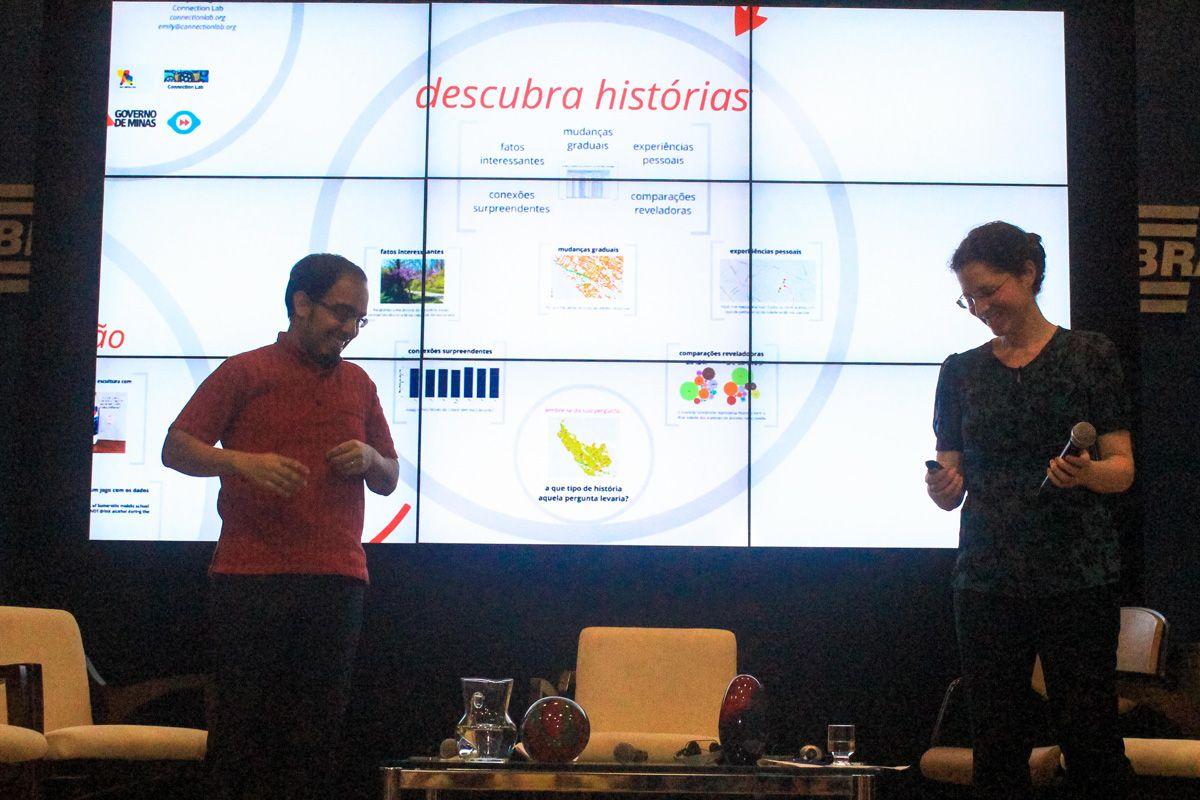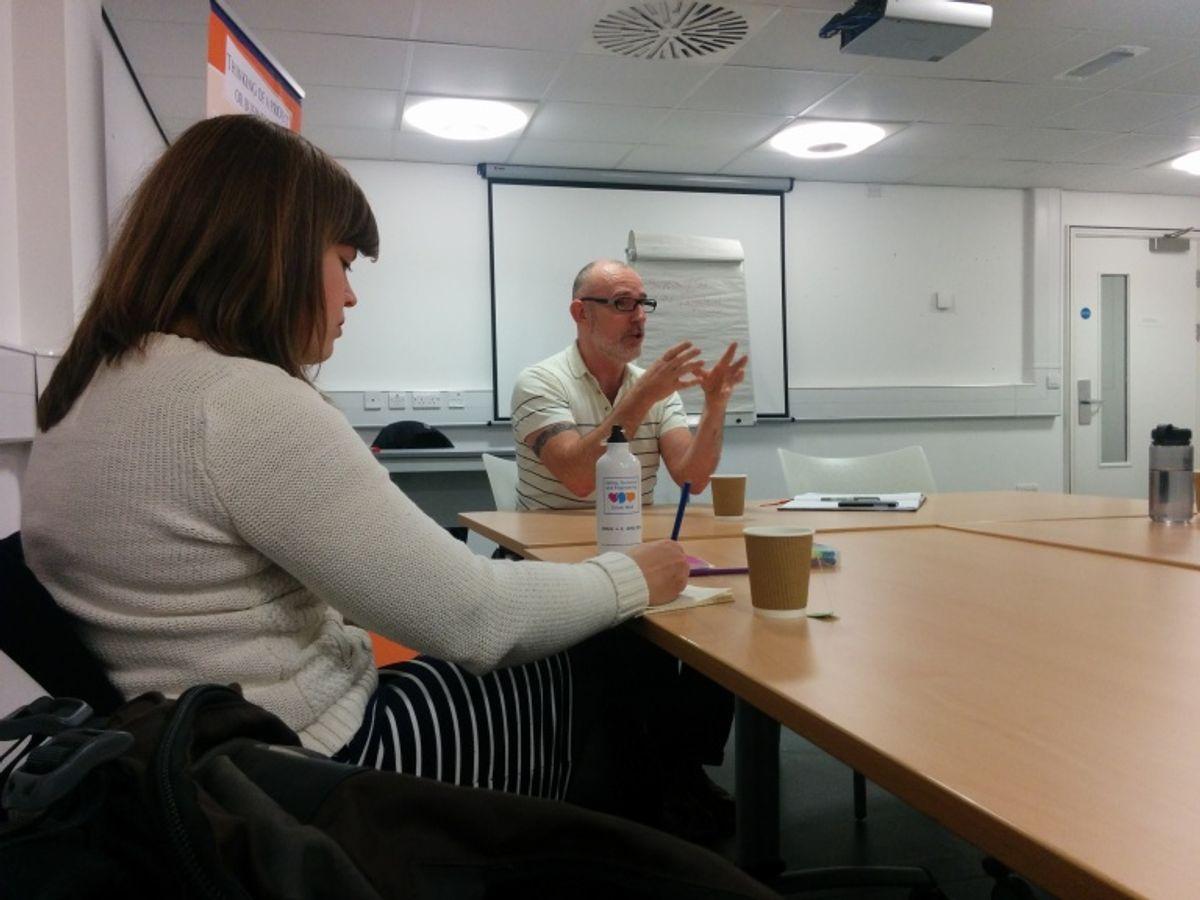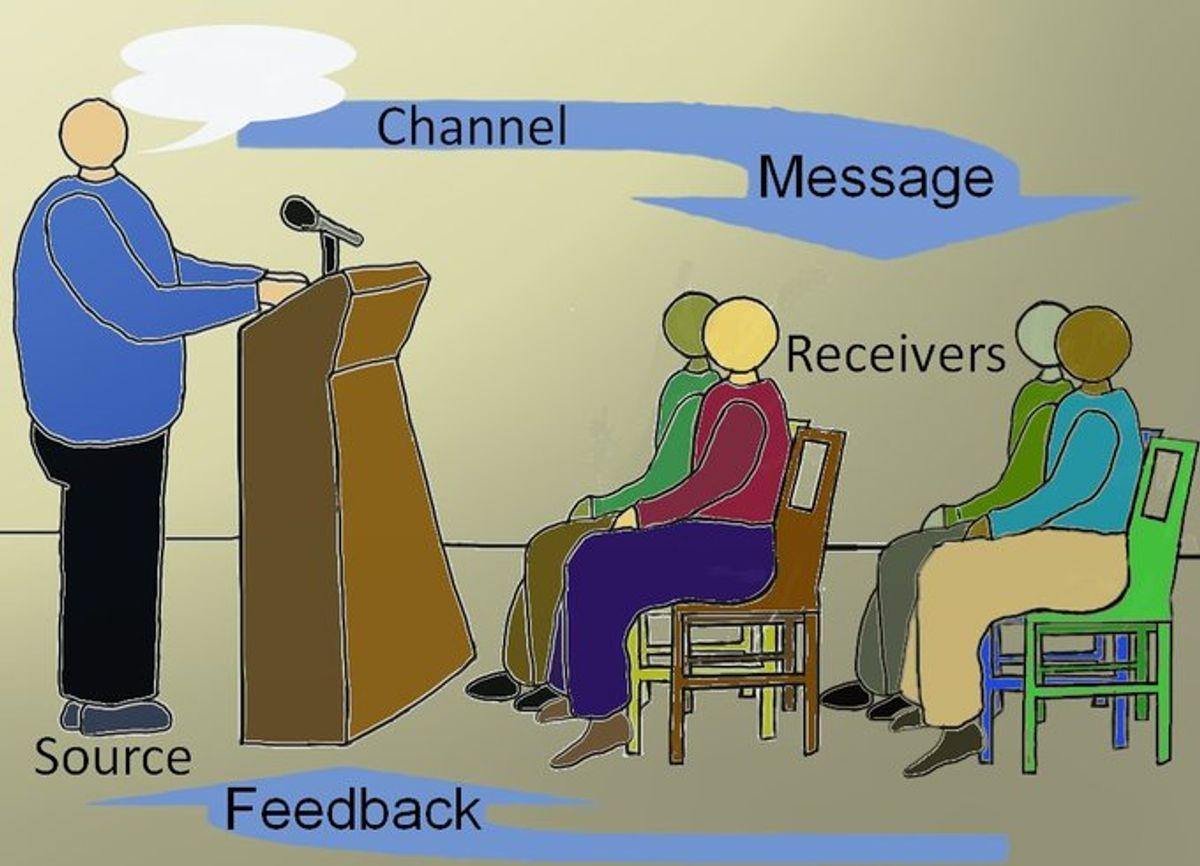Delivering an impactful presentation is not just about the content, but also about how it's presented. In the ever-evolving world of public speaking, there are numerous hacks that can enhance your delivery and ensure your message resonates with the audience. From leveraging technology to mastering the art of storytelling, these 10 presentation hacks are essential for any speaker looking to captivate and engage their audience.
Key Takeaways
- Utilize speaker notes to keep track of key points and ensure smooth delivery without distracting the audience.
- Incorporate visual aids effectively to enhance understanding and retention, making your presentations more memorable.
- Master persuasive language and storytelling techniques to evoke emotions and drive your audience to action.
1. Speaker Notes

Mastering the use of speaker notes can significantly enhance your presentation delivery. These notes serve as your discreet guide, providing additional context, key points, or prompts that are invisible to your audience. To effectively utilize speaker notes, follow these simple steps:
- Outline your main points for each slide.
- Include cues for transitioning between topics.
- Jot down any statistics or quotes to reference.
- Keep them concise to avoid over-reliance.
Remember, the goal is to complement your slides, not read from them. > Speaker notes are your secret weapon for a polished and confident presentation. They ensure you cover all crucial points without appearing scripted.
To access your notes during a presentation, familiarize yourself with the necessary shortcuts. For instance, in PowerPoint's Presenter View, pressing Alt and F5 simultaneously will display your notes while your audience sees only the slides. This allows you to stay on track and maintain eye contact, rather than looking down at printed notes or cue cards.
2. Visual Aids

Incorporating visual aids into your presentation is not just about making it look good; it's about enhancing comprehension and retention. Visuals such as charts, graphs, and images can convey complex information more effectively than words alone. Remember, a presentation with only text can be dull. To avoid losing your audience's interest, add images that align with your content.
Don't wait until the end of your presentation to display your visual aids. Explain and interpret all important elements as you go, ensuring your audience follows along.
Here are a few points to add visuals to your slides effectively:
- Ensure a unified design across all slides.
- Time your animations and transitions to coincide with your speech.
- Use the Master Slide to set default fonts, colors, and background components.
By presenting your ideas with visual appeal, you gain a competitive advantage. Your audience is more likely to be persuaded and remember your message when it's presented attractively.
3. Persuasive Language

Mastering persuasive language is crucial for captivating your audience and driving your message home. Make use of a variety of persuasive language techniques! Take inspiration from the techniques used in the articles you found during the research stage. Utilise strategies that resonate with your audience, such as storytelling, rhetorical questions, and the rule of three.
Persuasion is not just about what you say, but how you say it. Your choice of words, the tone of your voice, and the passion behind your message all contribute to how effectively you can sway your audience.
Remember, the goal is to connect with your listeners and encourage them to see your perspective. To do this, consider the following points:
- Establish credibility by demonstrating your knowledge and expertise.
- Appeal to emotions by sharing personal anecdotes or compelling facts.
- Use clear and concise language to make your argument accessible.
- End with a strong call to action that compels your audience to respond.
4. Storytelling Techniques

Mastering storytelling techniques can transform your presentations from mundane to memorable. It's not just about what you say, but how you say it. By weaving a narrative, you make your message resonate on a personal level with your audience.
- Start with a hook to grab attention.
- Introduce characters or scenarios your audience can relate to.
- Build a narrative arc with a clear beginning, middle, and end.
- Use emotional triggers to connect and engage.
Remember, the power of storytelling lies in its ability to convey complex ideas in a simple, relatable way.
Storytelling isn't just for entertainers; it's a strategic tool in business. Whether it's a case study or a personal anecdote, stories can illuminate data and drive your point home. Keep your stories concise and relevant to maintain engagement and deliver your message effectively.
5. Audience Engagement

Engaging your audience is not just a nice-to-have, it's essential for a memorable presentation. Know your audience before you step onto the stage. Research their interests, concerns, and expectations to tailor your message and connect on a personal level.
Maintain eye contact throughout your presentation to build trust and credibility. Scan the room, making eye contact with individuals, rather than fixating on a single spot or your notes.
Incorporate interactive elements to keep your audience actively involved. Here's how you can enhance engagement:
- Ask questions to spark curiosity and participation.
- Use polls or group activities to create a dynamic environment.
- Encourage feedback or discussion to foster inclusivity.
- Pass items around or invite audience interactions for a tactile experience.
Remember, the effort you put into your presentation reflects your respect for the audience. It's not about quick fixes; it's about creating a genuine connection that resonates with your listeners.
6. Confidence Boosters

Boosting your confidence before a presentation is crucial for a successful delivery. Practice is the cornerstone of confidence; rehearse your speech multiple times to become comfortable with the content and delivery. Consider these steps:
- Rehearse in front of a mirror to observe your body language.
- Record yourself to hear your voice and notice areas of improvement.
- Present to a friend or colleague for constructive feedback.
Control your body language to convey authority and enthusiasm. Stand tall, maintain an open posture, and use gestures to emphasize points.
Managing nervousness is also essential. Use relaxation techniques like deep breathing or visualization to calm your nerves. Remember, the key to confidence is a willingness to embrace discomfort while learning. Focus on the value you bring to your audience, not on your fears.
7. Time Management

Mastering time management is crucial for delivering a powerful presentation. Start by outlining your presentation with a clear structure: an introduction, main points, and a conclusion. This will help you allocate time effectively to each section.
- Introduction: Aim for 10-15% of your total time
- Main Points: Assign 70-75% of your time here
- Conclusion: Reserve 10-15% for a strong finish
Remember to rehearse and time yourself. Adjust your content to fit within your allotted time, ensuring you cover all key points without rushing. Use tools like smart guides and alignment to keep your slides neat, aiding in a smoother delivery.
Embrace the art of brevity. Your audience will appreciate a presentation that respects their time while delivering value. Craft memorable presentations by blending storytelling, visuals, and technology. Tailor content to audience interests, structure effectively, and use innovative ideas for engagement and impact.
8. Effective Openings

The opening of your presentation is crucial—it sets the stage for everything that follows. Start strong with a thought-provoking question, a relevant anecdote, or a surprising statistic. This initial hook can captivate your audience and ensure they're eager to hear more.
Your opening is your first impression; make it count.
Remember, you only have about 8 seconds to grab attention. Use this time wisely to establish a connection. Here are some effective opening strategies:
- Pose a challenging question to provoke thought.
- Share a brief, relatable story to build a personal connection.
- Present a startling fact or figure to highlight the importance of your topic.
Integrate technology seamlessly to add a touch of magic to your presentation. An invisible action trigger, for example, can open an embedded document with a single click, surprising and engaging your audience. Keep them involved by creating opportunities for engagement—ask questions, encourage participation, and invite feedback.
9. Body Language

Your body language is a silent yet powerful communicator during presentations. Stand tall, shoulders back, and maintain an open posture to project confidence and authority. Use gestures and facial expressions to punctuate your speech and convey enthusiasm. Remember, your non-verbal cues can speak volumes.
- Avoid bad posture and distracting mannerisms such as fidgeting or touching your face.
- Dress appropriately; neutral colors work best to maintain focus on your message.
- Maintain eye contact to build trust and engage your audience effectively.
Embrace the power of body language to enhance your presentation. It's not just what you say, but how you say it that resonates with your audience.
Incorporate a gradual exposure program for public speaking to ease nerves and adopt advanced strategies like physiological sighs. Explore unconventional tips within the Showzone for confident presentations, ensuring your non-verbal communication aligns with your spoken words.
10. Voice Modulation

Your voice is not just a medium to convey information; it's a powerful tool to enhance your presentation and engage your audience. Incorporate gestures and movement to change the way your voice sounds, adding depth and emotion to your speech. A well-modulated voice can keep your listeners hooked and convey your message more effectively.
- Power Pause: Strategically add pauses mid-sentence or at the end for dramatic effect and to emphasize key points.
- Pitch Variation: Avoid a monotonous tone by varying your pitch throughout the presentation.
- Speed Control: Adjust the speed of your delivery to match the content and mood of the message.
Remember, the right modulation can make your speech memorable. Practice varying your volume, pitch, and pace to master the art of voice modulation.
Conclusion
In the dynamic world of public speaking, staying ahead with innovative presentation hacks is crucial. The 10 hacks outlined in this article are designed to enhance your speaking prowess and ensure your message resonates with the audience. Remember, the key to a memorable presentation lies in the seamless integration of content, delivery, and technology. Embrace these tips to captivate your audience, leave a lasting impression, and elevate your presentations beyond the conventional. As you continue to refine your skills, keep exploring new tools and techniques to remain an impactful speaker in an ever-evolving landscape.
Frequently Asked Questions
How can speaker notes improve my presentation?
Speaker notes can help you stay on track during your presentation by providing key points, talking cues, or references that are not visible to the audience. They ensure a smooth and confident delivery.
What are some effective ways to start a presentation?
Effective presentations often start with a hook, such as a surprising fact, a compelling story, or a thought-provoking question. The goal is to immediately engage the audience's interest and attention.
Can visual aids really make a difference in my presentation?
Absolutely, visual aids can enhance understanding, retention, and engagement by providing clear and impactful visual support to your spoken words. They make the presentation more enjoyable and memorable.
